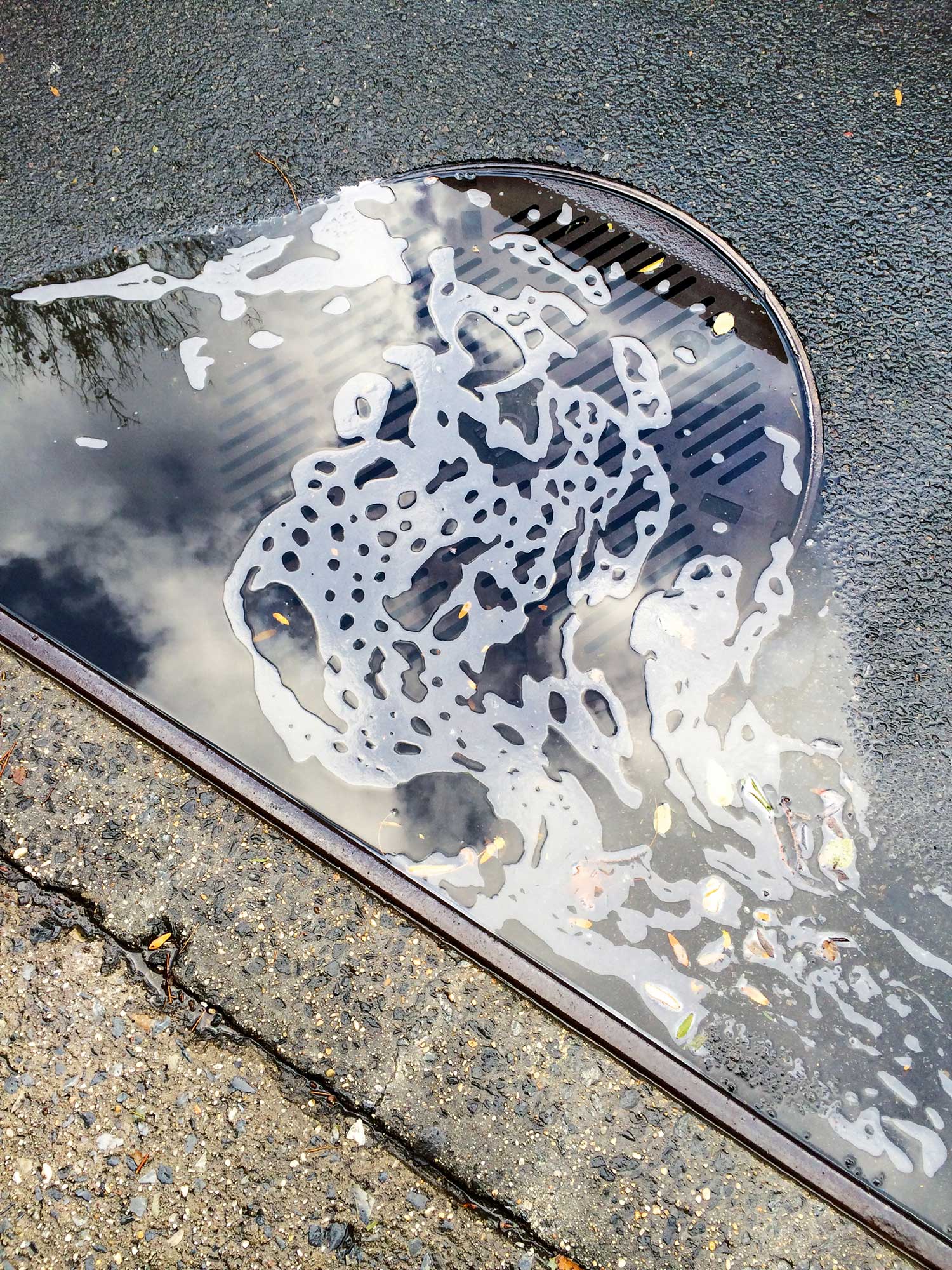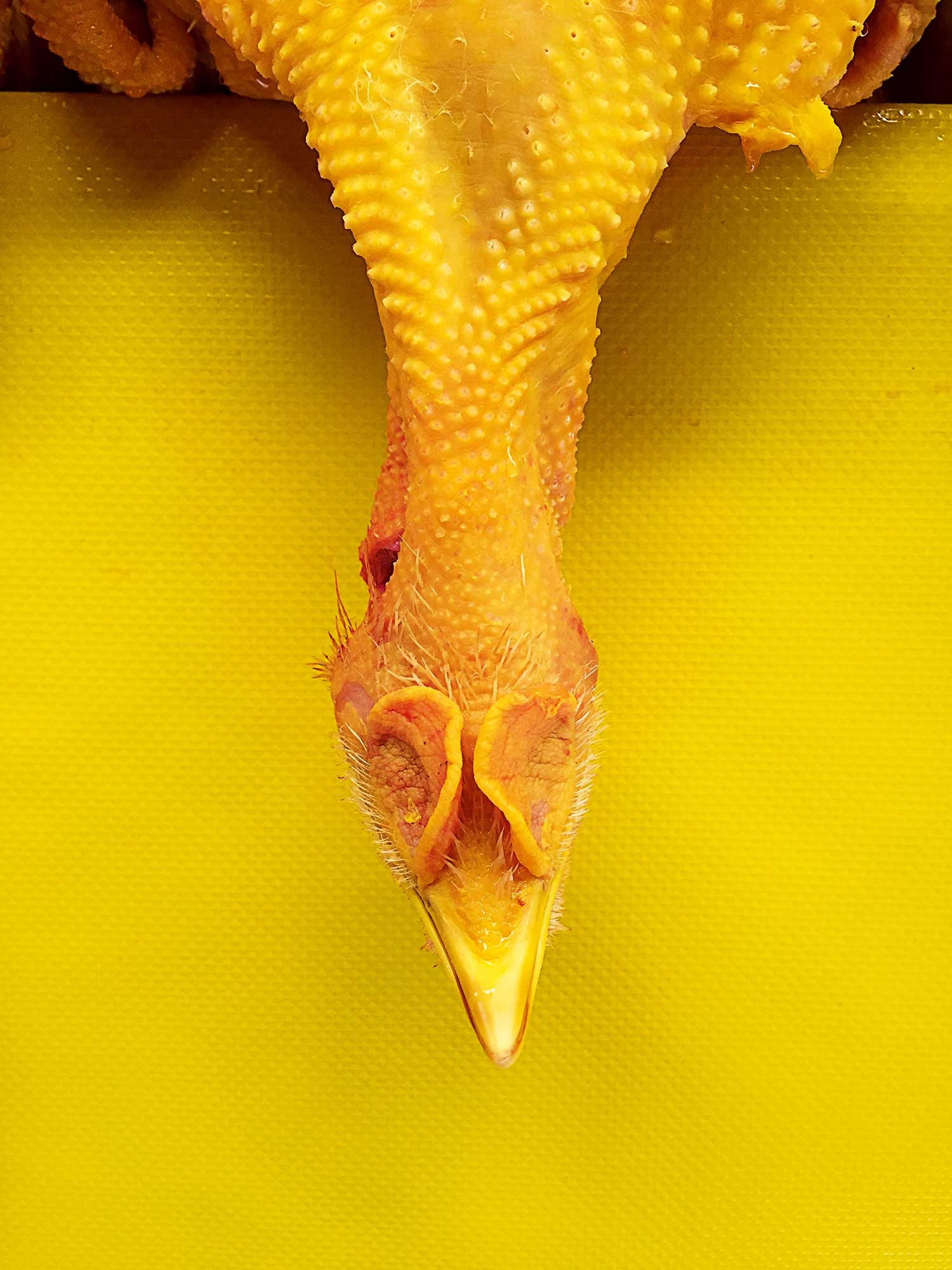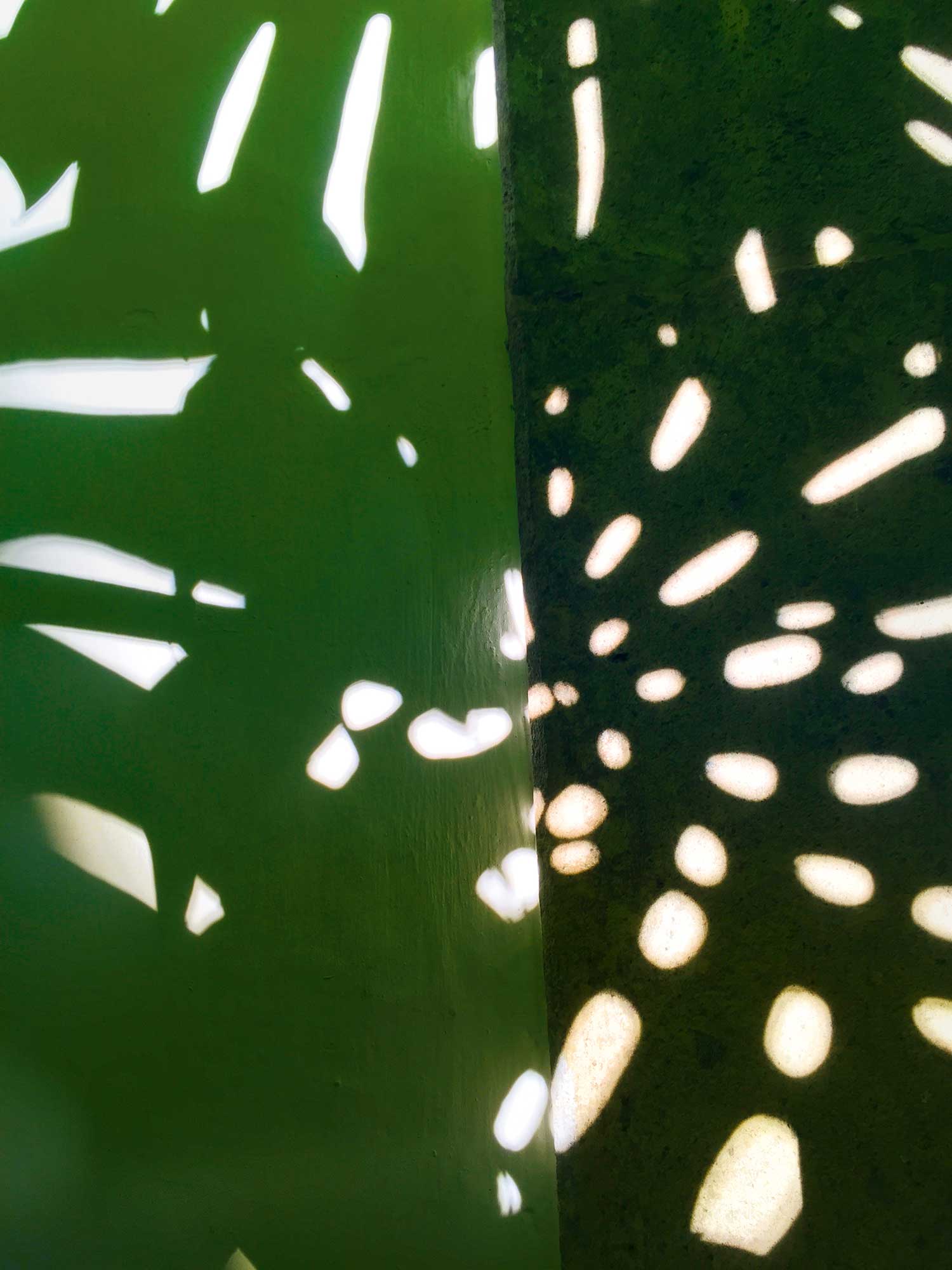Gabriel Orozco Isn’t Interested in the Decisive Moment
Walter Benjamin described Eugène Atget as a photographer who “always passed by the ‘great sights and so-called landmarks’” but instead was attentive to “a long row of boot lasts … or tables after people have finished eating and left, the dishes not yet cleared away.” We could go on: nor would he overlook a flowery carpet hanging from a window to dry under the sun, or a bakery display with piled-up bread forming peculiar geometric patterns. That is, Atget was the rare kind of photographer who was interested not in human beings, but rather in the traces they left in the world.

Courtesy the artist; Marian Goodman Gallery, New York; and Kurimanzutto, Mexico City/New York
An artist like Gabriel Orozco fits comfortably into this category. Instead of following in the steps of Mexican photographers dedicated, above all, to trying to penetrate “the country’s soul”—as French Surrealist André Breton would say—by means of its people, Orozco focuses on the footprints of those people, or of others abroad, as he is a tireless traveler. Manuel Álvarez Bravo, in Los agachados (The crouched ones, 1934), portrays a group of laborers wearing ragged and dusty clothes, sitting on benches chained to the bar of an old diner. The men have their backs to the camera and the shadow produced by the metal curtain of the place cuts off their faces, making them appear crouched (with the double meaning of agachado because it refers also to people who allow themselves to be subdued).

Courtesy the artist; Marian Goodman Gallery, New York; and Kurimanzutto, Mexico City/New York
Orozco, in turn, creates an image, Sillas de espera (Waiting chairs, 1998), that could almost be the same image, except in his work everyone is gone. On a visit to India, he captured a row of four empty plastic chairs, each one positioned under a dark circle on the wall—marks left by the sweaty heads of individuals who have waited sitting on those chairs throughout the years, now almost replaced by their own ghosts who sit patiently in that deserted space. In his approach, Orozco resembles Atget, preferring to show an unpopulated world, where there are only vestiges of human life.
The significant difference is that, for Orozco, all these traces function, above all, as sculptural matter. The photographic image is secondary. What primarily interests him is what is happening not as a photographic instant, but as a form. To him, that shot of a waiting room in India is only indirectly photographic. One could call it collateral, in that it accompanies a sculptural event.

Courtesy the artist; Marian Goodman Gallery, New York; and Kurimanzutto, Mexico City/New York
Since the beginning of his career, back in the 1980s, Orozco saw himself as an artist whose working materials were not inside an atelier but rather out on the street. The type of sculpture that seemed possible to him was not made with a chisel, but discovered in the configurations taking place randomly in the world, without the artist’s intervention—or, at most, subtle intervention. Like that mattress left on a sidewalk (Futon Homeless, 1992), which the artist perceives as a sculpture not because of its being a mass—which it is—but rather for the way it is rolled up on itself to the point of completely challenging the idea of a mattress as an object used to sleep on, and turning it into some sort of involuntary Henry Moore sculpture left to its fate on a New York street. Yet, Orozco does not take the mattress into an exhibition space—first of all, because he would need a moving truck. Rather, he takes a photograph that, while being a sign of something we can perceive happening in the real world, is also a signaling: literally, a way of pointing out that peculiar organization of matter in space, which is nothing but sculptural.
And, as a matter of fact, he sometimes decides to alter what is happening in order to precisely highlight the condition of an object. Another example, Tortillas y ladrillos (Tortillas and bricks, 1990): next to a gas cylinder, the artist finds a series of piled-up bricks. This composition could have been enough to him; these volumes of clay have sculptural traits on their own but, at the same time, lack specificity: they are nothing but towers of ordinary bricks, like the ones you would see anywhere. The artist then proceeds to place a tortilla on top of each pile. A minimal gesture, but one that gives the scene that strangeness, bringing together, at the same time—as Benjamin would say—the absence of intention and the most absolute intentionality.

Courtesy the artist; Marian Goodman Gallery, New York; and Kurimanzutto, Mexico City/New York
But is photography then not the work itself but a mere record? “It is the work indeed,” says Orozco. “As, in some cases, it is the only way I have to present something, an idea, an experience. I do not use an image as a ‘patronizing’ document intending to show something important to the others. . . . That doesn’t interest me. My intention is that the image presents itself as a chair, a tree, a fact: it is there.” The thing is: that which “is there” is indeed there, but in an unsustainable present outside the photographic image. That is to say, it does not operate in the same way as does a statue in the park, which will be there every time you return. Orozco’s statues are only there when he sees them. Afterward, they disappear, like that egg (Sunny Side Up, 2015) that has just been poured on a plate, which most probably ended up fried and in someone’s stomach. However, for a few seconds, that sunny-side up could boast of being a colorful, viscous planet. Here we are seeing an image act as a transportable doppelgänger of a momentary sculpture.
It is the photographic image that allows us to put ourselves in the sculptor’s place and see what he saw, from where he saw it. The gravity-defying knife in Knife on Glass (2000) is there, floating in the air, but only if one looks at it from a very precise angle. Look a few centimeters beyond, and the trick of the glass that holds it is revealed. In that sense, photography can be seen as a second act that, while closely participating in the creation of the form, does not stop being an ulterior reflection that adds, through its unique point of view, a new condition of possibility to the work. To Orozco, not only does photography capture, but it also sculpts.

Courtesy the artist; Marian Goodman Gallery, New York; and Kurimanzutto, Mexico City/New York
Orozco’s work is about identifying the sculptural quality of certain spontaneous formations in space, and also about creating structures that express their sculptural value only when being captured. Nowhere does this become clearer than in Piñanona en el muro (Piñanona in the wall, 2013), an image in which the sculpture is made half of leaves, half of shadow, something that could by no means translate into sculptural volumes due to the elusive nature of the shadow. One begins to understand what Orozco has said about photography: that rather than a window, it is “like a ‘space’ that tries to capture situations.” This is how his images are to be seen: as receptacles of transient and fragile, nonetheless forceful, material incidents.
Read more from Aperture issue 236, “Mexico City,” or subscribe to Aperture and never miss an issue.
Translated from the Spanish by Enrique Pérez Rosiles. Visita gatopardo.com para leer este artículo en español.


























